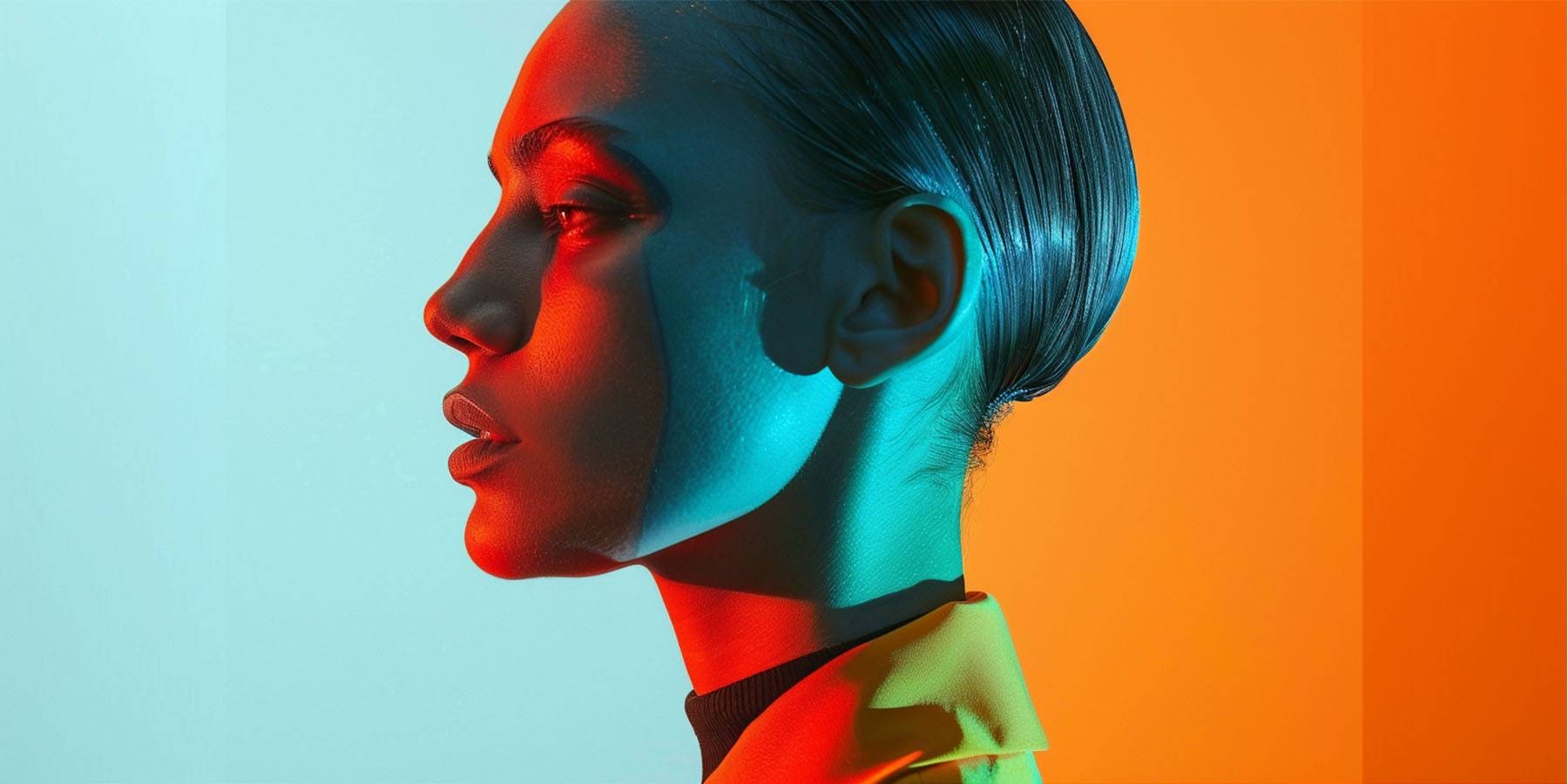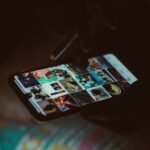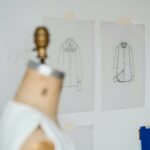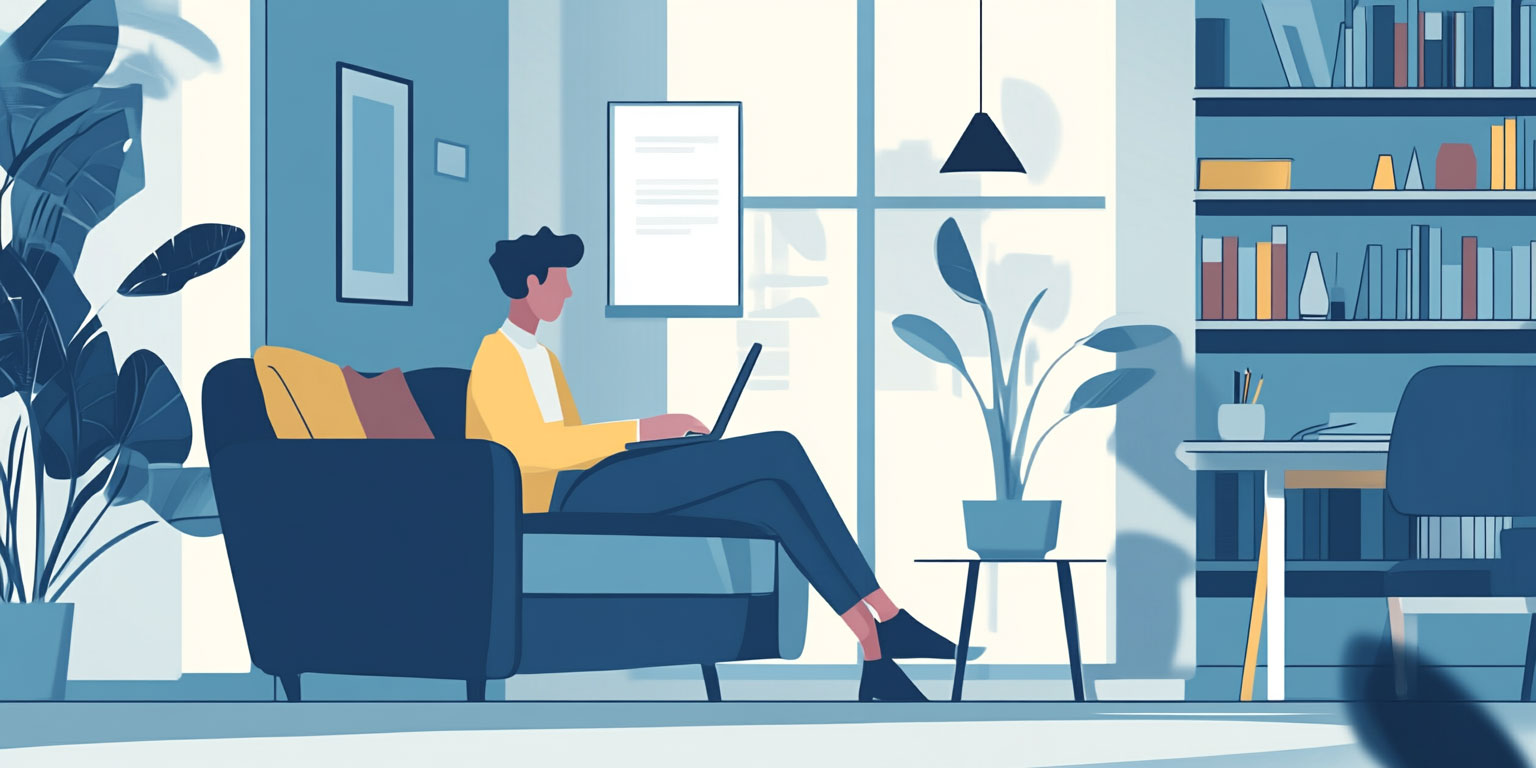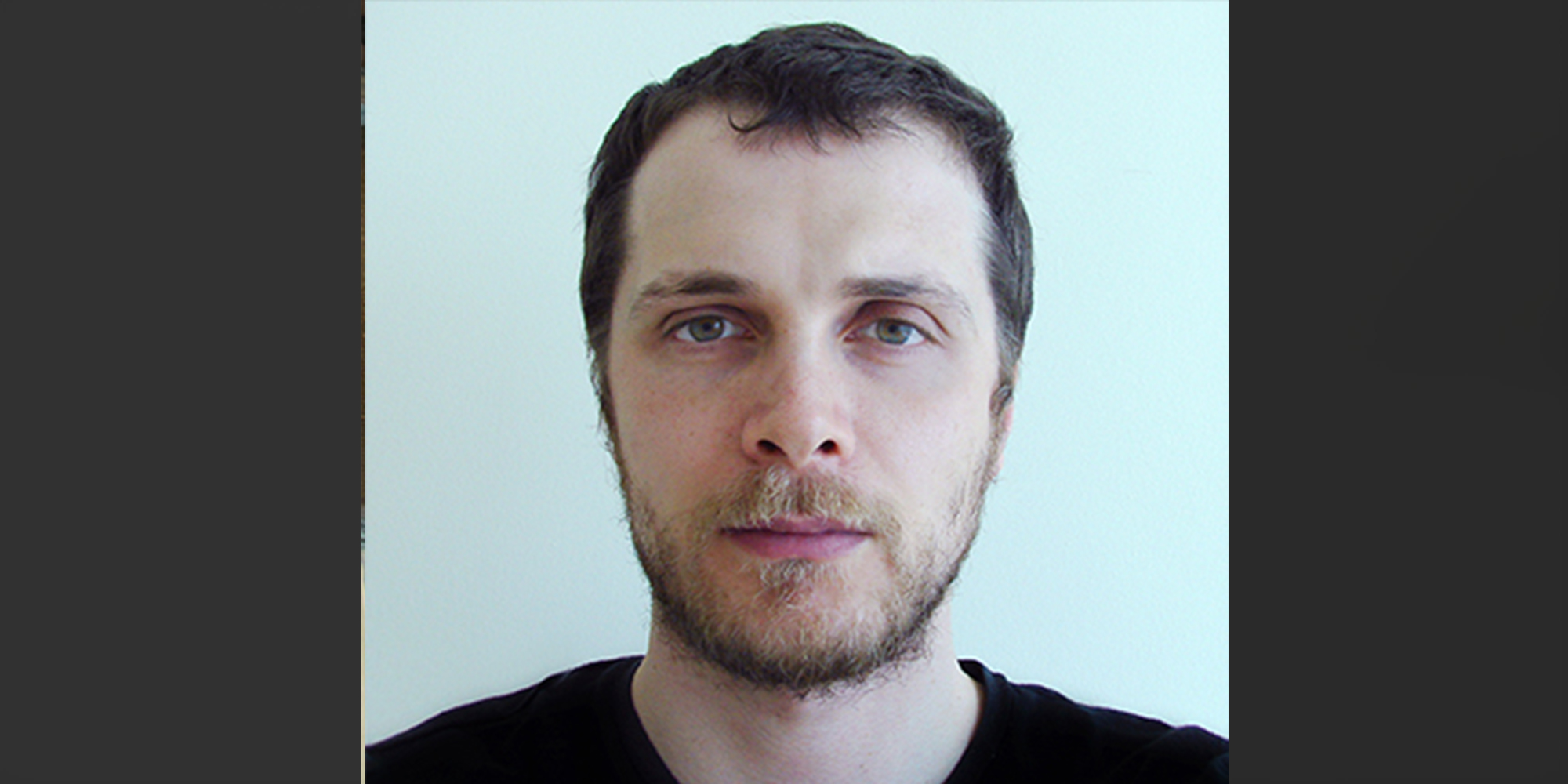In the highly competitive world of fashion design, visibility and recognition are paramount for success. Media features can play a transformative role in propelling a designer’s career, offering unparalleled exposure and credibility. This article explores how media features impact fashion designers, examining the mechanisms through which media exposure influences their careers, the benefits it provides, and strategies designers can use to maximize these opportunities.
Understanding Media Exposure in Fashion
Media exposure in fashion encompasses coverage in various outlets, including print magazines, online publications, television shows, social media platforms, and influential blogs. Each medium offers distinct advantages and can cater to different audiences, enhancing a designer’s reach and influence.
Types of Media Features
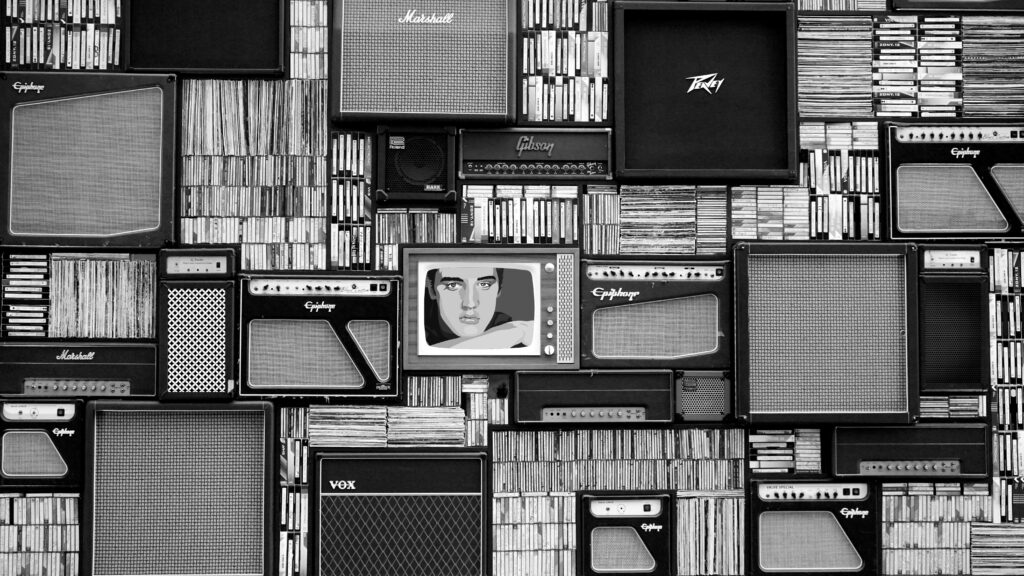
- Print Media: Fashion magazines and newspapers have long been pillars of the industry, offering in-depth articles, interviews, and high-quality visuals. Being featured in renowned publications such as Vogue, Elle, or Harper’s Bazaar can significantly elevate a designer’s profile.
- Online Publications: Digital platforms, including fashion websites and e-magazines, provide immediate and wide-reaching exposure. Websites like Fashionista, The Business of Fashion, and Refinery29 are crucial for reaching tech-savvy and younger audiences.
- Television and Streaming Services: Appearances on fashion-focused TV shows or streaming platforms can showcase a designer’s work to a broad audience. Shows like “Project Runway” or Netflix’s “Next in Fashion” offer significant exposure.
- Social Media: Platforms like Instagram, TikTok, and Pinterest are essential for real-time engagement with a global audience. Influencers and celebrities sharing a designer’s work can lead to viral moments, boosting visibility dramatically.
- Fashion Blogs: Influential fashion bloggers and critics can sway public opinion and bring attention to emerging designers. Collaboration with these bloggers can result in detailed reviews and dedicated posts that highlight a designer’s unique attributes.
Benefits of Media Features for Fashion Designers
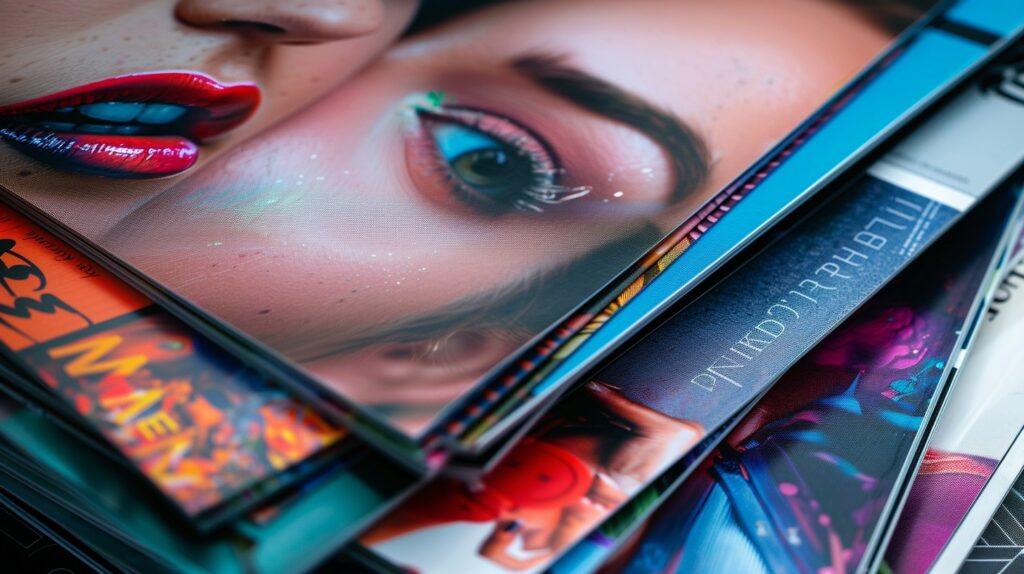
Enhanced Visibility
One of the primary benefits of media features is increased visibility. Exposure through various media channels allows designers to reach a wider audience, including potential customers, fashion buyers, and industry professionals. This visibility can lead to increased brand awareness and a larger following.
Credibility and Prestige
Being featured in reputable media outlets confers a level of credibility and prestige that can be difficult to achieve otherwise. Media endorsements serve as a stamp of approval, indicating that a designer’s work is noteworthy and respected within the industry. This can be particularly beneficial for emerging designers looking to establish their brand.
Networking Opportunities
Media features often lead to valuable networking opportunities. Designers can connect with influential figures in the fashion industry, including editors, stylists, and other designers. These connections can open doors to collaborations, fashion shows, and other significant events.
Financial Growth
Increased visibility and credibility typically translate into financial growth. Media features can drive sales by attracting new customers and encouraging existing ones to make purchases. Additionally, designers may receive offers for paid partnerships, endorsements, and collaborations that provide additional revenue streams.
Strategies for Maximizing Media Exposure
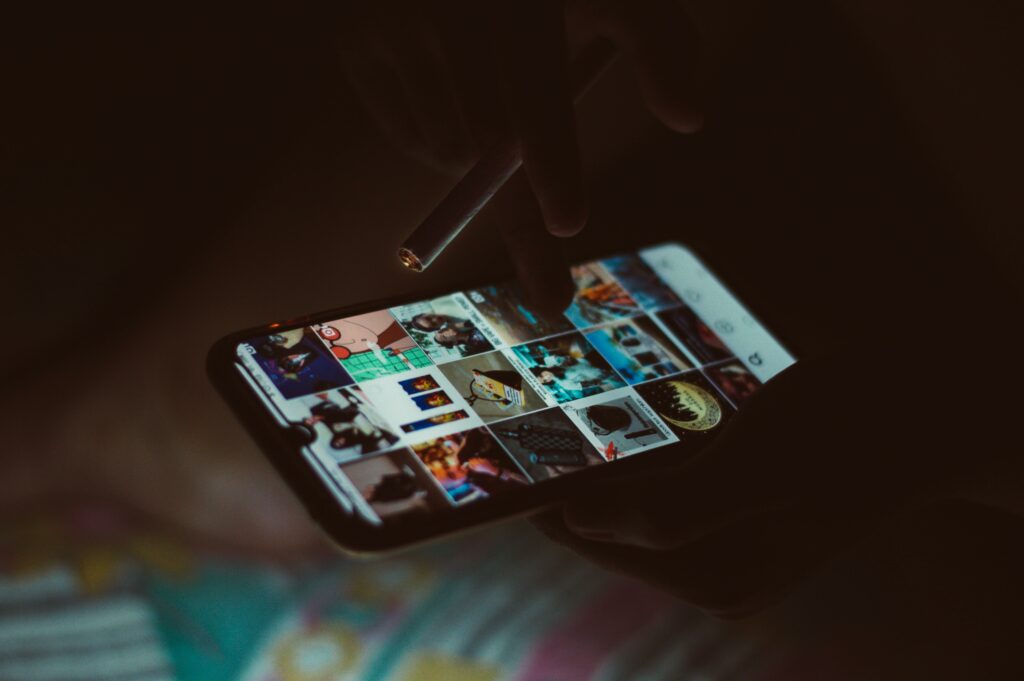
Building Relationships with Media Professionals
Cultivating relationships with journalists, editors, bloggers, and influencers is crucial. Designers should actively network at fashion events, send out press releases, and maintain a professional and approachable presence online. Personal relationships can lead to more frequent and favorable media coverage.
Creating Compelling Content
Designers should invest in high-quality content that showcases their work effectively. This includes professional photography, well-written press materials, and engaging social media posts. Compelling content increases the likelihood of being featured and shared by media outlets.
Leveraging Social Media
Social media platforms are powerful tools for gaining media attention. Designers should maintain active and engaging profiles, regularly posting updates, behind-the-scenes looks, and collaborations. Using hashtags, tagging media outlets, and engaging with followers can amplify their reach.
Participating in Fashion Events
Fashion shows, exhibitions, and industry events are prime opportunities for media exposure. Designers should actively participate in these events, as they often attract significant media attention. Being present at high-profile events can lead to immediate and widespread coverage.
Collaborating with Influencers
Partnering with fashion influencers can provide immediate and impactful exposure. Influencers have dedicated followings that trust their recommendations, and a collaboration can introduce a designer’s work to a new and engaged audience. Choosing the right influencers who align with the brand’s aesthetic is key to successful partnerships.
Case Studies: Successful Media Features
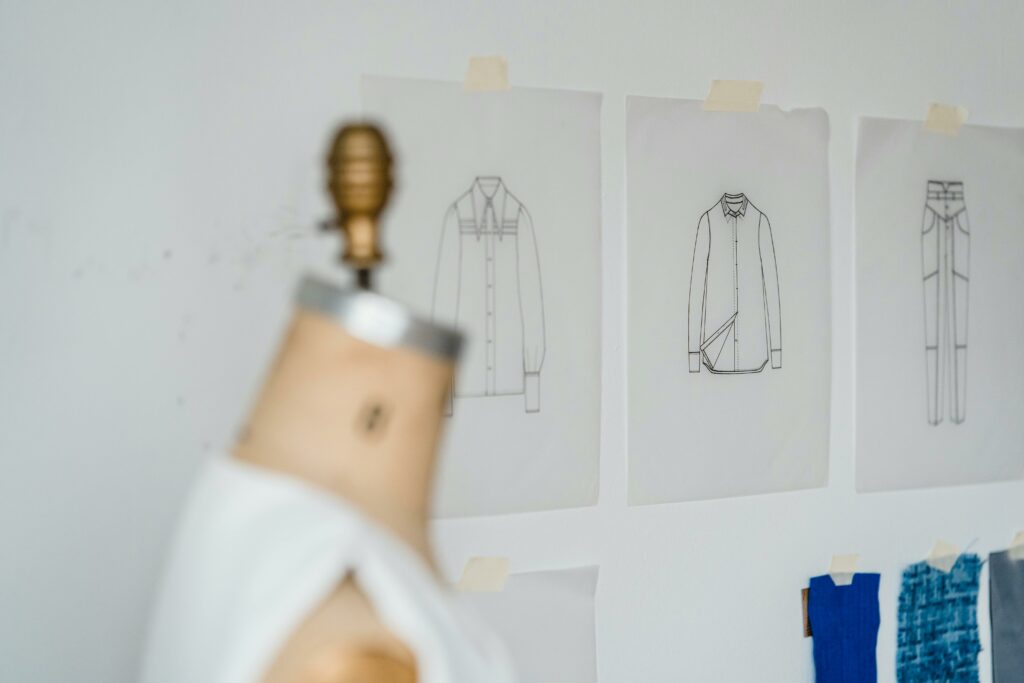
Alexander McQueen
Alexander McQueen’s career skyrocketed after his collection was featured in the fashion press in the early 1990s. His provocative designs caught the attention of influential editors and critics, leading to increased visibility and eventual partnerships with major fashion houses. Media features played a crucial role in establishing McQueen as a revolutionary figure in fashion.
Virgil Abloh
Virgil Abloh’s rise in the fashion industry was significantly bolstered by media features. Coverage in major fashion magazines and online platforms highlighted his innovative approach to design, blending streetwear with high fashion. This exposure helped him secure his position as the artistic director of Louis Vuitton’s menswear, showcasing the power of media in career advancement.
Simone Rocha
Simone Rocha gained widespread recognition through strategic media features in both print and digital platforms. Her collections, praised for their unique blend of femininity and modernity, were frequently highlighted by top fashion publications. This consistent media presence helped establish her as a leading designer in contemporary fashion.
Conclusion
Media features are a powerful catalyst for the success of fashion designers. The exposure, credibility, networking opportunities, and financial benefits they provide are invaluable in a highly competitive industry. Designers must proactively seek out and maximize these opportunities by building relationships, creating compelling content, leveraging social media, participating in fashion events, and collaborating with influencers. By doing so, they can significantly enhance their visibility and propel their careers to new heights.
For designers looking to elevate their presence in the fashion world, understanding and harnessing the impact of media features is essential. By strategically navigating the media landscape, designers can ensure their work reaches the right audience and achieves the recognition it deserves.

